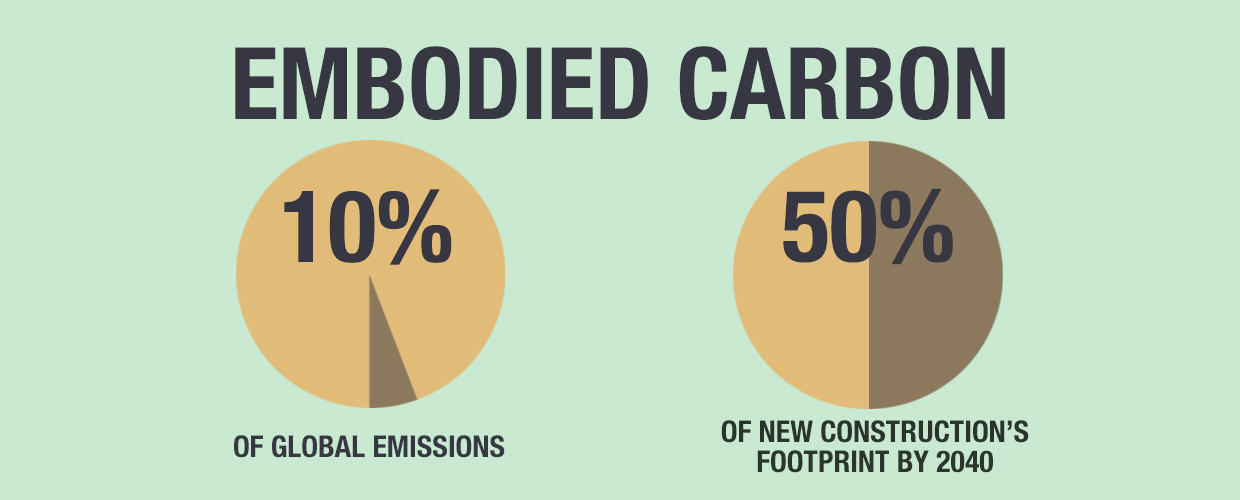Reduce embodied carbon in construction
31 January 2023

Embodied carbon refers to CO2 emissions arising from construction materials: their manufacturing, transport, installation, maintenance, and end-of-life disposal. It is responsible for over 10 % of global emissions and will account for 50 % of new construction’s footprint by 2040. Below are our recommendations on how to reduce embodied carbon in your next project.
Use fewer raw materials
Instead of wasting nature’s resources by relying on raw materials such as sand, metals, and wood, apply a circular approach and use recycled plastic solutions.
Example: Geopanel is able to replace any metal and timber formwork.
Reduce carbon-intensive materials
Use solutions that reduce the use of materials that emit massive amounts of carbon during production and transport, such as concrete, steel, cement, and aggregates.
Example: New Nautilus Evo reduces the use of concrete in slabs by up to 30 %.
Reduce transport
Recycled plastic is lightweight and more compact than any other material, significantly reducing truckloads and storage space.
Example: Aquabox takes 75 times fewer truckloads than gravel for the same-sized basin.
Use low-carbon construction technologies
Reduce the carbon footprint of the construction process by using solutions that allow manual installation, without mechanical equipment.
Example: Geoplast recycled plastic formwork is designed for easy manual installation.
Use fewer finishing materials
Leave structural materials exposed whenever possible to limit the use of finishing materials such as laminates, ceramics, and paints.
Example: Skydome and Geotub leave a perfectly smooth finish with no need for additional covering.
Reduce waste
Replace materials that get discarded after only a few uses with solutions that can be disassembled and reused over and over again.
Example: Skyrail is made of durable ABS plastic that can be reused more than 100 times.
